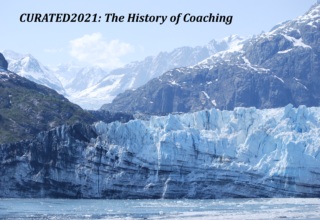
A third type of evidence includes books that attempt to outline coaching theory and its evidence base and that can be used as references or texts in university courses. Rock and Page (2009) is an example, as are Drake, Brennan & G0rtz, (2008), Cavanaugh, Grant & Kemp (2005), Orenstein (2007), and Stober & Grant (2006). More textbooks are to be expected because of tbe increasing numbers of university courses in coaching.
This paper takes a fourth approach that is similar to GSAEC’s efforts to identify theory and knowledge required for an academic curriculum for organizational coaching (see www.gsaec.org/ curriculum.html). In essence, this involves asking what theory and knowledge is necessary to do coaching, that is to respond to the issues and questions that clients bring to coaching. Exact identification of those issues and questions awaits empirical research. However, it is possible to deduce broad categories of questions from the definitions of coaching given above. For example, the ICF definition of coaching as a process that focuses on the client’s agenda to inspire development of one’s “personal and professional potential” begs the question of what human potential is. Coaching definitions that involve reaching goals imply change. What theories explain change? The inclusion of terms such as “collaboration” and “leadership” arouse social and behavioral questions. A high-level list of such questions follows:
Who are we? Coaching is conducted by and with human beings. What are human capabilities, characteristics, limitations, variations? How does one individual human being compare with others? What is the essence of each?
How can we be truly healthy? Even though coaches may not work directly with health issues, surely whether or not a client is capable of achieving goals is related to his or her state of physical, social, emotional, and mental wellbeing. How do we change that state?
Why do we do what we do? As meaning-making organisms, human beings rely on explanations to guide their plans. The ability to understand human behavior is crucial to designing actions that will achieve desired goals.
How can we develop our potential? Presumably, coaching is sought because that potential has not been reached. What techniques for development are supported by evidence?
How can we get along better? Especially in the context of work, people need to communicate and know how to motivate one another if they are to fulfill whatever mission and purpose brought them together.
Various existing disciplines have responded to these or similar questions. Theories from these disciplines, then, are candidates for providing a foundation for coaching. The questions and representative responses from various disciplines are presented below
Download Article 1K Club

















